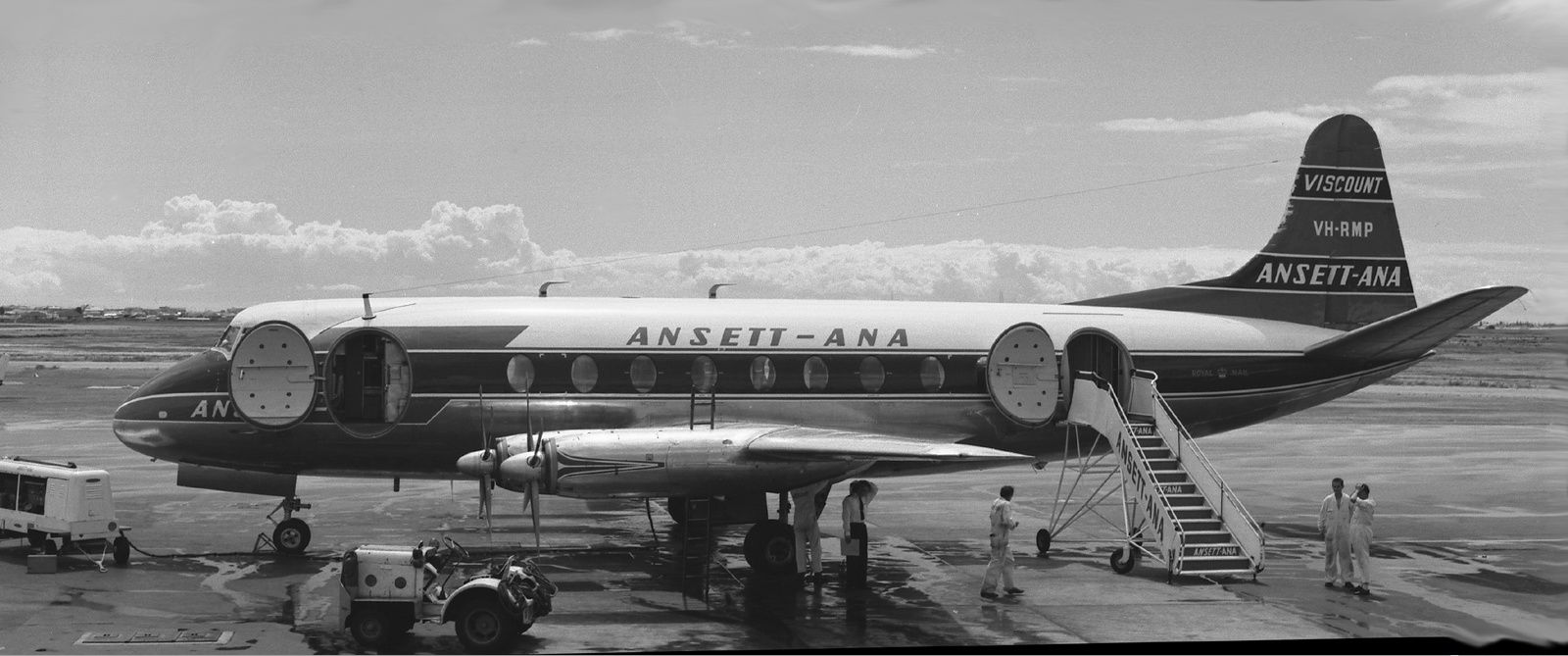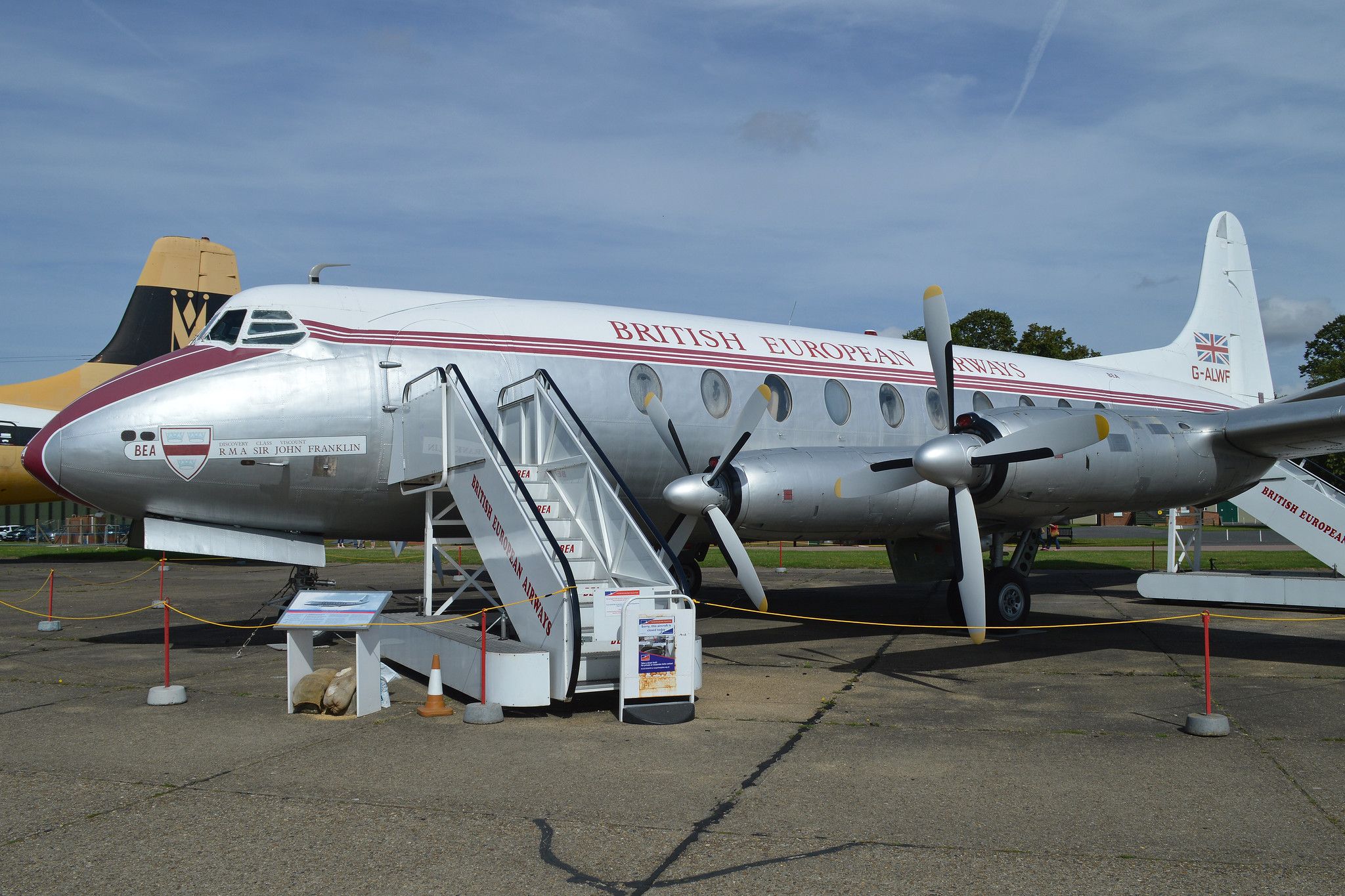Exactly 56 years ago today, Ansett-ANA Flight 149 crashed near Winton, Queensland, killing all 24 passengers and crew. The accident remains the fifth-worst crash in Australia's civil aviation history.
The aircraft operating the regularly scheduled domestic flight was a seven-year-old Vickers 832 Viscount with the registration VH-RMI. The flight was meant to be an uneventful 73-minute flight between the Queensland cities of Mount Isa and Longreach.
The number two engine was on fire
The plane took off from Mount Isa Airport, QLD (ISA) at 12:08 local time for the 316 nautical mile flight south to Longreach Airport, QLD (LRE). As the plane climbed to 17,500 feet at 12:52, Air Traffic Control (ATC) at Longreach received an emergency radio transmission from the aircraft saying they were initiating an emergency descent.
Two minutes later, the pilots contacted Longreach again to say they had a fire in the number two engine and could not feather the propeller. At 12:59, a Douglas DC-3 in the vicinity of the Viscount relayed a message to Longreach ATC saying that Ansett-ANA Flight 149 was diverting to land at Winton Airport (WIN) 92 miles away from Longreach.
People on the ground witnessed the crash
At 13:03, just 13.5 miles short of Winton Airport, people on the ground witnessed a plane in the sky with black smoke billowing out from one of its wings. Onlookers stared in amazement as the plane hurtled toward the ground and then exploded on impact. All 20 passengers and four crew members died, with some of them still fastened in their seats.
A day after the crash, 22 members of the Department of Civil Aviation arrived to begin the investigation into what had gone wrong. Because most of the plane was destroyed by fire, it was going to be challenging to determine what had caused the crash. Within two weeks, what remained of the wreckage was cataloged and placed in crates. The crates were then transported to Melbourne, where they were laid out as they were found at the scene.
The investigation
Because the plane had an early-model flight data recorder, investigators could determine the plane's flight path until the moment of the crash. The aircraft, however, was not equipped with a cockpit voice recorder.
Investigators determined that the cabin pressurization blower on the number two engine began to malfunction, allowing oil to escape. The oil was then ignited by hot metal in the damaged blower, which then affected the engine control rods, preventing the feathering of the propeller. The fire then spread to a wing fuel tank, which resulted in the softening of the upper boom in the wing spar
When the plane was at 3,500 feet, the left wing folded upwards, forcing the plane to roll to the left. The propellor of the number one engine then came into contact with the fuselage, slashing the cabin's roof before becoming detached from the engine.
Investigators concluded that mechanics may not have secured the nuts locking wires the last time the plane was serviced. Investigators also discovered that earlier, two Viscounts in Canada and the West Indies had suffered engine fires while on the ground after pressurization blowers malfunctioned. Following the crash of Ansett-ANA Flight 149, the cabin pressurization blowers were modified.
Get the latest aviation news straight to your inbox: Sign up for our newsletters today.


.gif)
